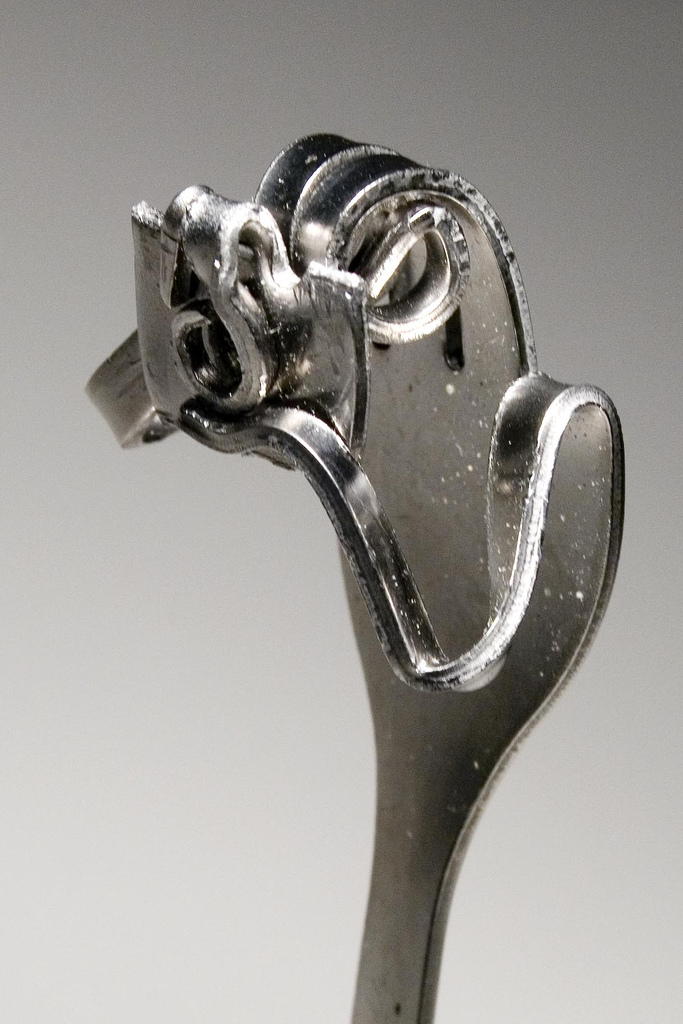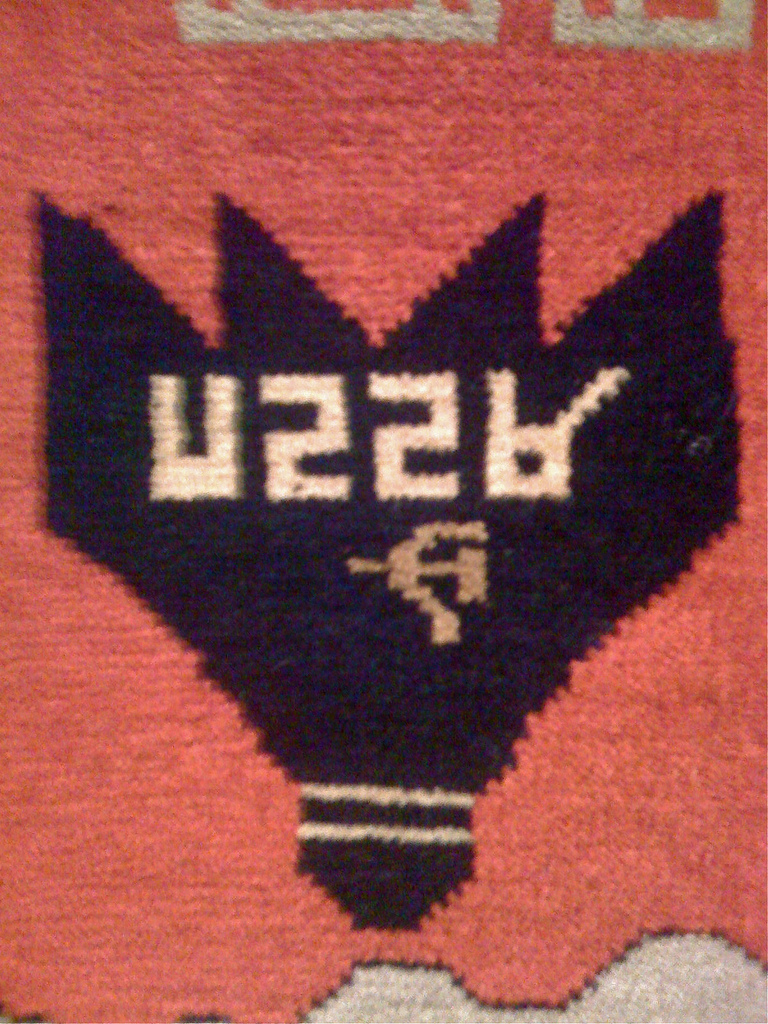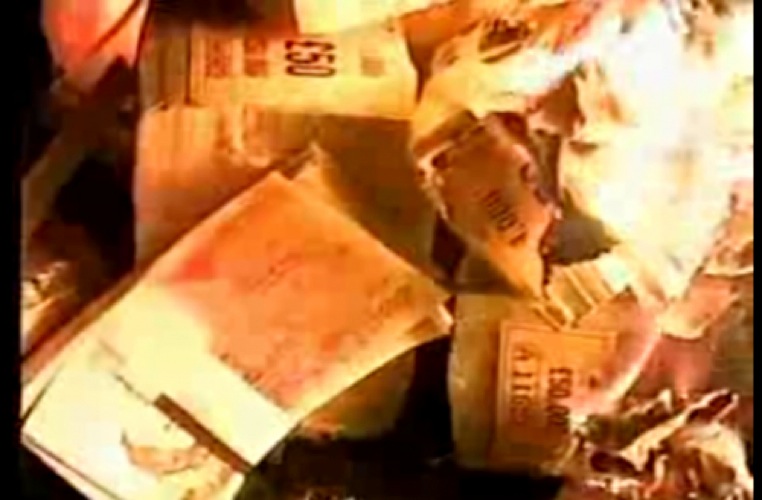In between all of the baby-feeding and the moving and the new-job-starting, I made a little art. “The Ethically Incomplete Intellectual” is a broadside that was commissioned by the 2010 Scream Literary Festival (for their “Agents Provocateurs” theme) and designed by Andrew Faulkner and Leigh Nash of The Emergency Response Unit. The image is from a collaboration between RM Vaughan and Jared Mitchell. The text is the weaponized version of a paper that I wrote on the subject of that collaboration … a paper which will shortly be in print in Open Letter.
UPDATE: Print copies of this broadside are once again available from TERU’s Etsy Shop, but they won’t last forever. Which is sort of the point of making literary ephemera, anyway. I’ve attached a PDF of the highest quality version in my possession to this post (link below), which will look good on your screen, but doesn’t hold a candle to the genuine item.




















